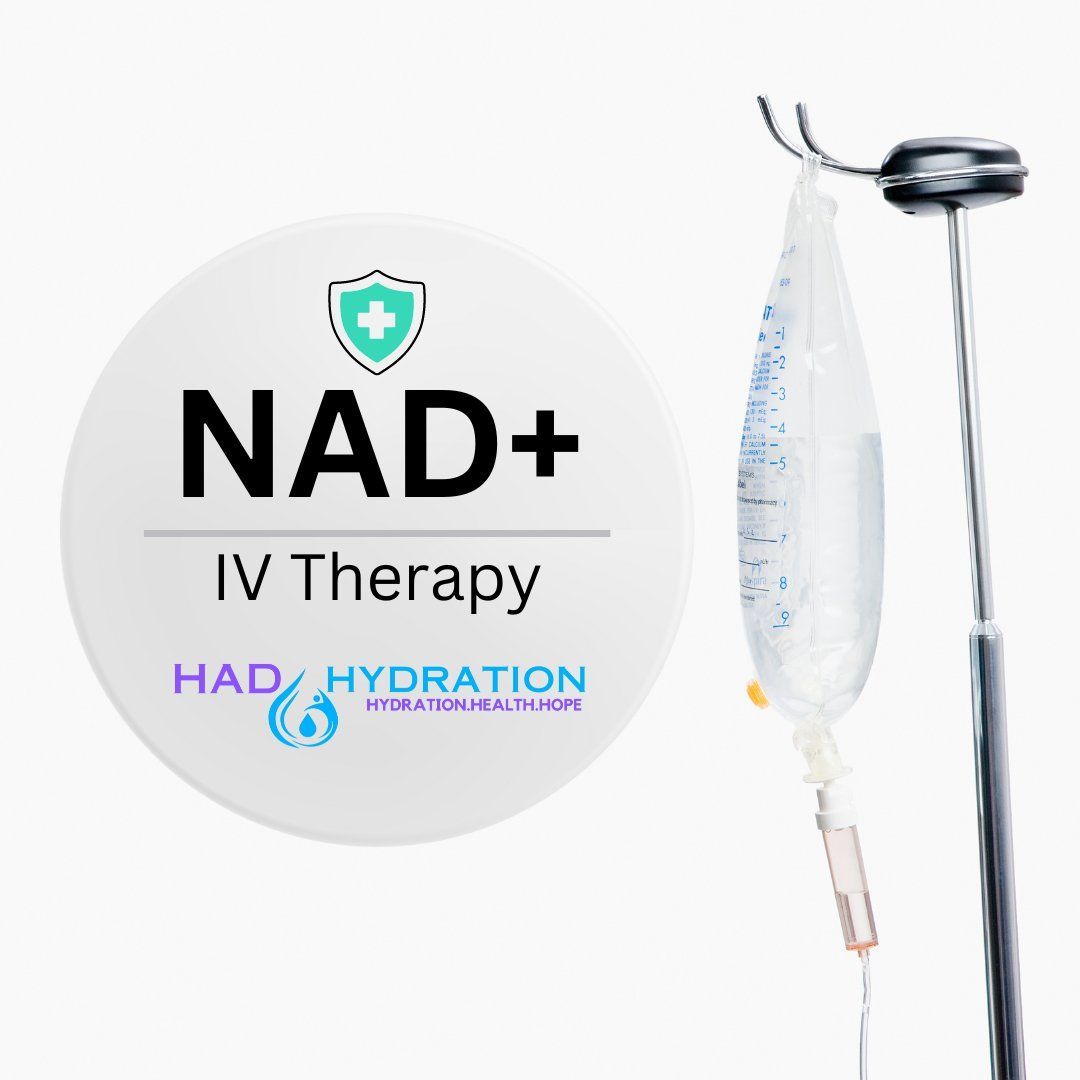IV Therapy and Athletes: Enhancing Performance and Recovery

In the world of sports, athletes are constantly seeking ways to optimize their performance, speed up recovery, and maintain peak physical condition. One increasingly popular method is intravenous (IV) therapy. This technique, traditionally used in medical settings for rehydration and nutrient delivery, is now being embraced by athletes for its potential benefits. Let’s dive into how IV therapy works and why it’s gaining traction among athletes.
What is IV Therapy?
IV therapy involves the administration of fluids, vitamins, minerals, and other essential nutrients directly into the bloodstream through a vein. This method ensures rapid and efficient absorption, bypassing the digestive system. Typically, IV therapy sessions are administered by healthcare professionals and tailored to meet specific needs.
Benefits of IV Therapy for Athletes
1. Rapid Rehydration
- Post-Workout Recovery: Intense physical activity can lead to significant fluid loss through sweat. IV therapy can quickly replenish lost fluids, helping to restore hydration levels faster than oral intake alone.
- Performance Maintenance: Proper hydration is crucial for maintaining muscle function, reducing the risk of cramps, and sustaining endurance during prolonged exercise.
2. Nutrient Delivery
- Vitamins and Minerals: IV therapy can deliver essential vitamins and minerals such as B vitamins, vitamin C, magnesium, and calcium directly into the bloodstream, aiding in muscle recovery, energy production, and overall health.
- Amino Acids: Amino acids, the building blocks of protein, can be included in IV drips to support muscle repair and growth.
3. Enhanced Recovery
- Reducing Inflammation: Certain IV formulations contain antioxidants and anti-inflammatory agents that can help reduce muscle soreness and inflammation after strenuous workouts or competitions.
-Speeding Up Recovery Time: By providing the body with immediate access to essential nutrients and hydration, IV therapy can accelerate recovery times, allowing athletes to return to training and competition sooner.
4.Immune Support
- Preventing Illness: Athletes are often at a higher risk of illness due to intense training regimens and frequent travel. IV therapy can boost the immune system with nutrients like vitamin C and zinc, helping to ward off infections and keep athletes healthy.
5. Energy Boost
-Combating Fatigue: IV therapy can include energy-boosting nutrients like B vitamins and amino acids, which help combat fatigue and improve overall energy levels, enhancing athletic performance.
Types of IV Therapy for Athletes
1. Hydration IV Drip
- Primarily focused on replenishing fluids and electrolytes lost during exercise.
- Often includes a balanced mix of sodium, potassium, and magnesium.
2. Recovery IV Drip
- Designed to aid in muscle recovery and reduce inflammation.
- Typically contains a blend of vitamins, minerals, amino acids, and antioxidants.
3. Performance IV Drip
- Tailored to enhance overall performance and endurance.
- May include high doses of B vitamins, amino acids, and other performance-enhancing nutrients.
Considerations and Precautions -While IV therapy can offer significant benefits for athletes, it’s essential to approach it with caution:
- Professional Supervision: Always seek IV therapy from licensed healthcare professionals to ensure safety and proper administration.
- Individual Needs: IV therapy should be tailored to individual needs, considering factors such as the type of sport, intensity of training, and specific nutritional requirements.
- Potential Risks: Although generally safe, IV therapy can carry risks such as infection, vein irritation, and allergic reactions. It’s crucial to discuss these risks with a healthcare provider.
Conclusion
IV therapy is becoming a valuable tool for athletes looking to enhance their performance, speed up recovery, and maintain optimal health. By providing rapid hydration and essential nutrients directly to the bloodstream, it offers a convenient and efficient way to support athletic endeavors. As with any medical treatment, it’s important to consult with healthcare professionals to determine the best approach for individual needs. With the right guidance, IV therapy can be a game-changer in the competitive world of sports.






